What temp is cone 5? In pottery and ceramics, cone 5 is typically fired at approximately 2,167 degrees Fahrenheit (1,186 degrees Celsius). Understanding the specific temperature range for cone 5 is vital for artists and ceramics enthusiasts because it affects the clay’s vitrification, glaze adherence, and overall durability of the final product. The cone system, a standardized method used to measure and control kiln temperature, is essential for achieving consistent results in ceramic and glaze firing. Below is a table that outlines the important aspects related to cone 5 firing.
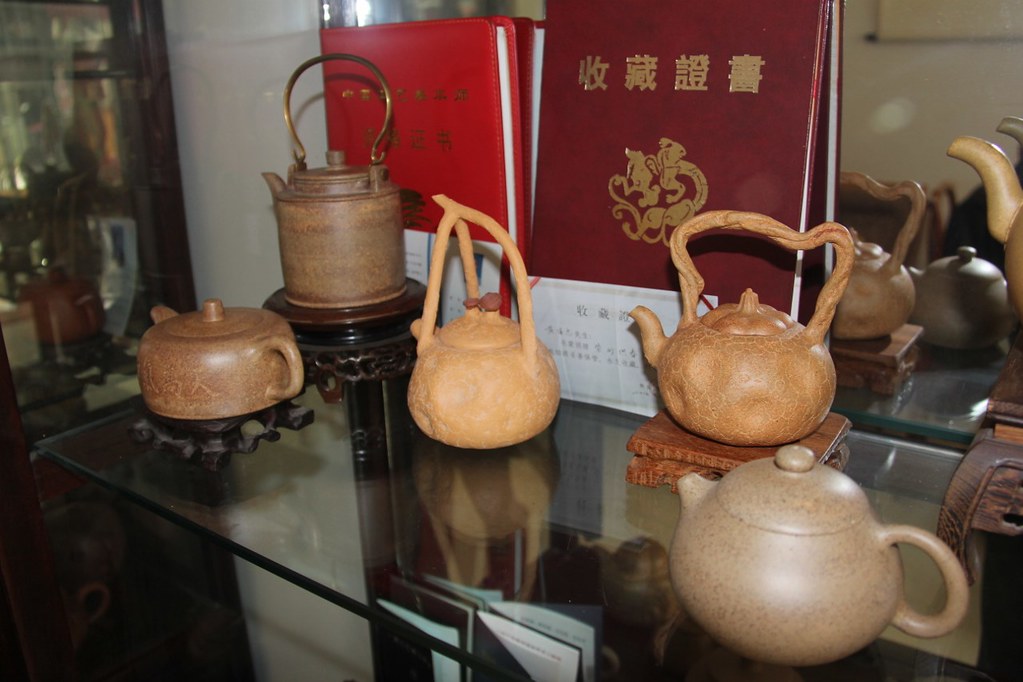
| Aspect | Details |
|---|---|
| Temperature Range | 2,167°F (1,186°C) |
| Vitrification | Strong and durable stoneware results |
| Glaze Adherence | Excellent glaze fusion, reducing defects |
The Science Behind Cone 5
Firing ceramics isn’t just about getting things hot—it’s a delicate dance of chemistry and physics. At cone 5, the magic happens as materials mature, transforming clay into strong, durable stoneware. This temperature, about 2,167 degrees Fahrenheit (1,186 degrees Celsius), is perfect for a wide variety of glazes and clays. The reason cone 5 holds such a sweet spot is its ability to enhance the clay body’s vitrification process. Vitrification is key in the world of ceramics—it’s where the clay turns glass-like, yet stays strong, enhancing the piece’s overall durability and making it suitable for daily use.
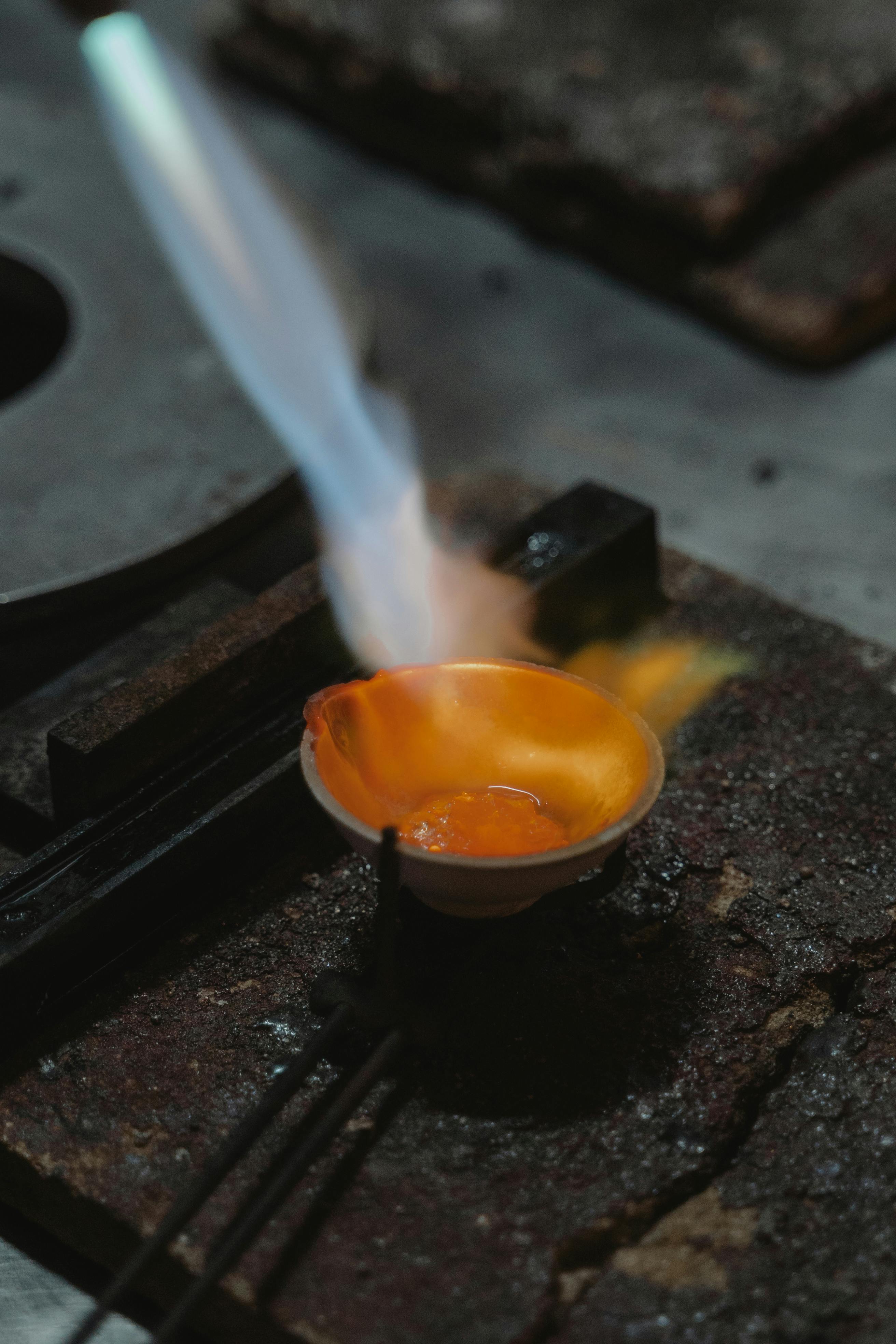
Glaze Mastery at Cone 5
Ever noticed how the glaze on stoneware can make or break its beauty? At cone 5, achieving the perfect glaze adherence becomes much more manageable. The marriage between glaze and clay at this stage is akin to a ballet—graceful and seamless. An excellent glaze fusion minimizes defects such as crazing and pinholing that often plague potters at lower or improperly controlled temperatures. For enthusiasts aiming to dabble in creative glaze formulas, cone 5 firing provides a reliable atmosphere, allowing the estimated outcomes to materialize beautifully once the kiln cools.

Common Challenges and Tips
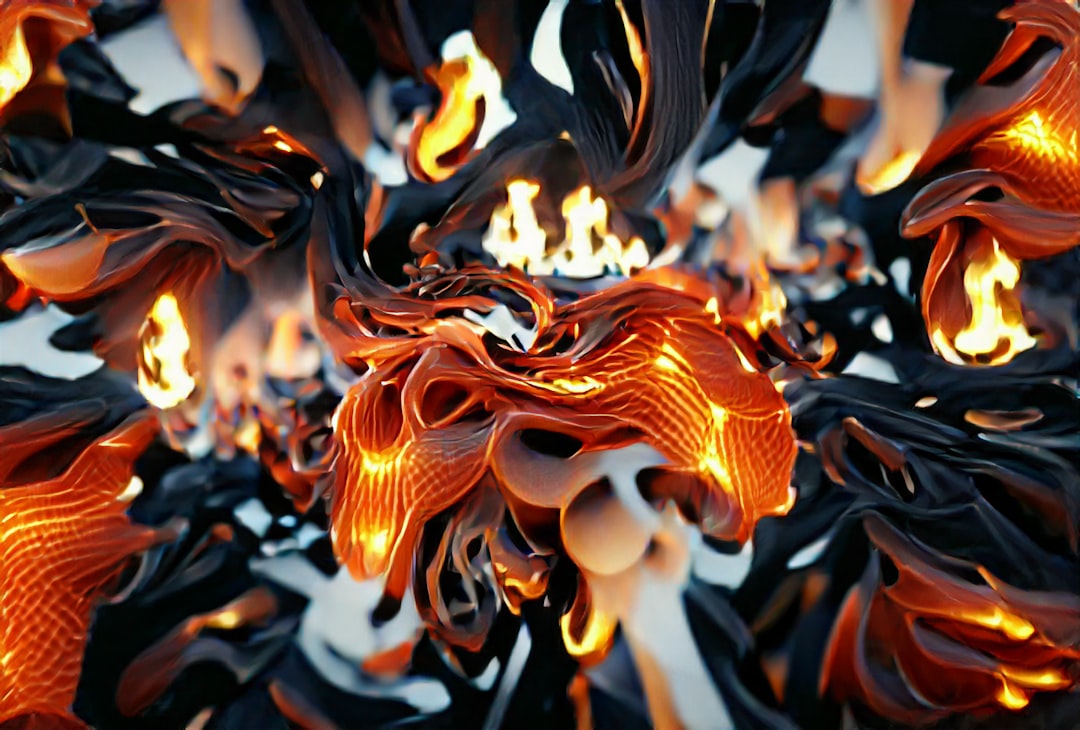
While cone 5 firing offers many advantages, it’s not without its challenges. Here are a few tips to navigate those potential pitfalls:
- Consistent Heat-Sourcing: Ensure your kiln distributes heat evenly to avoid hot or cold spots, which can lead to uneven glaze results.
- Accurate Thermocouples: Regularly calibrate your kiln’s thermocouples for precise temperature readings, crucial for cone-determined firings.
- Glaze Testing: Always test new glaze recipes on sample tiles before applying to a full piece to ensure compatibility at cone 5.
The Art of Timing
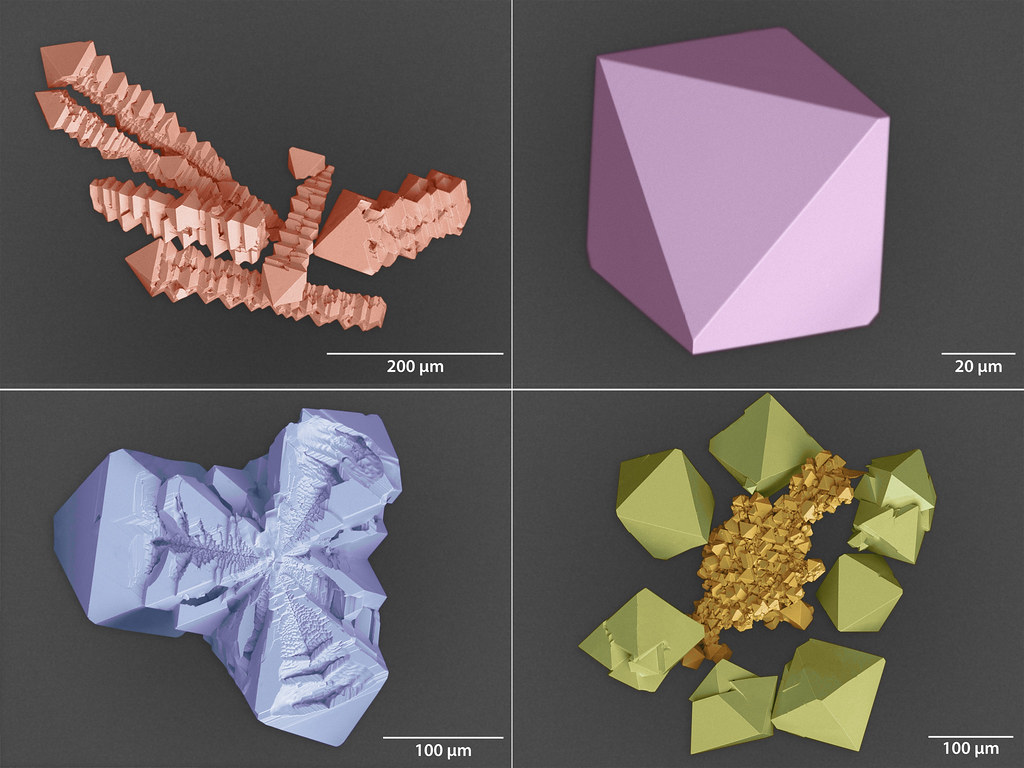
Timing the heating and cooling process is crucial, as rapid changes can lead to thermal shock—ultimately cracking or weakening the piece. Taking the time to ramp up and down allows the clay and glaze to interact optimally, ultimately making all the difference in the final aesthetic and structural quality of your work.
Working with cone 5 can open a realm of creative possibilities and technical efficiencies for your ceramic endeavors. What has your experience with cone 5 firings been like? Share your stories and any handy tips in the comments below, or check out our recent articles for more insights and updates!
AMACO Gloss Glazes Assorted Colors
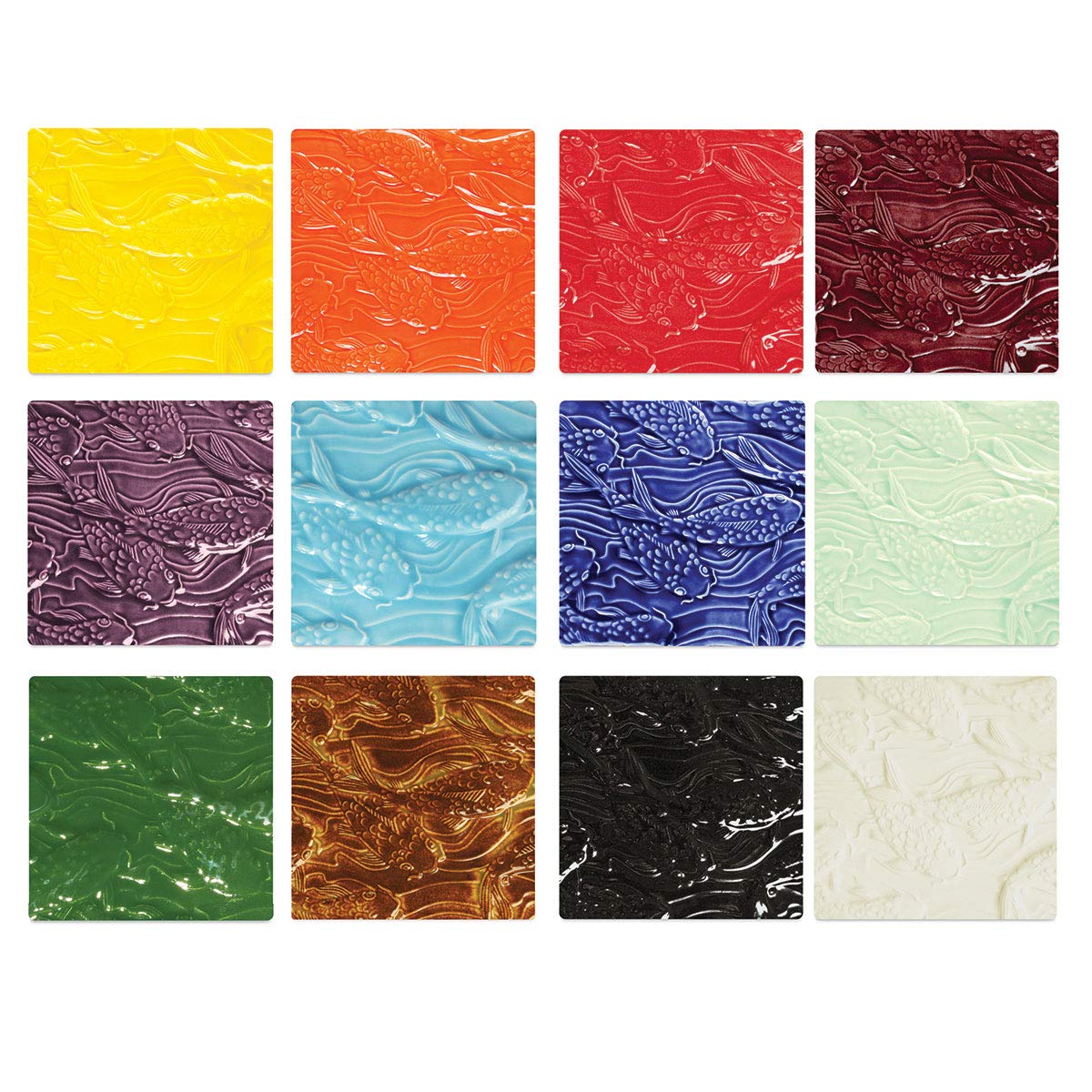
Bring creativity and color to the classroom with the AMACO Gloss Glazes Grades K-6 Class Pack 2. Perfect for young artists, this set provides an assortment of vibrant, high-fire ceramic glazes. Ideal for pottery projects, each 1-pint bottle ensures a long-lasting finish and brilliant shine for every masterpiece, making it a favorite among teachers and students alike.
Learn More About Cone 5 Temperatures
Understanding the specific temperature range for cone 5 is vital for artists and ceramics enthusiasts. For a more detailed explanation, check out [this beginner introduction to the Cone chart and Firing process](https://www.youtube.com/channel/EarthNationCeramics) by Earth Nation Ceramics.
What temperature does cone 5 go to?
Curious about cone firing temperatures? Here’s an easy-reference chart for a few common cones, along with their final firing ranges at two different ramp rates. Notice that cone 5 falls into a mid-range category, making it great for functional pottery that still showcases vibrant glazes.
Cone Number
• 27°F/hr (Final °F):
• 108°F/hr (Final °F):
7
• 2,194°F
• 2,262°F
6
• 2,165°F
• 2,232°F
5
• 2,118°F
• 2,167°F
4
• 2,086°F
• 2,142°F
Is cone 5 a low fire or high fire glaze?
Ceramic artists classify cone 5-6 (around 2,100°F to 2,300°F, or approximately 1,150°C to 1,260°C) as mid-range firing. This temperature range strikes a balance between strength and color vibrancy. Meanwhile, high-fire pottery generally starts at cone 9-10, reaching 2,300°F to 2,700°F (1,260°C to 1,480°C). Lower temperature firings can yield brighter, more playful glaze colors, but mid-range still offers plenty of decorative possibilities while creating durable, functional pieces.
Is a cone 5 oven safe?
If your pottery is glazed and fully fired (vitrified) to at least cone 5, it usually handles everyday cooking needs. Oven, microwave, air fryer, freezer, and dishwasher use are generally safe. However, avoid subjecting your ware to sudden temperature shocks—like pouring boiling water into an ice-cold pot—or you risk cracking even well-fired ceramics.
Which is hotter, cone 6 or cone 06?
Cone 6 is significantly hotter—by around 400°F—than cone 06. The “0” prefix acts like a negative sign, so cone 05 is cooler than cone 04, and cone 5 is hotter than cone 4. For consistent results, ensure your clay body and glaze are both designed for the same cone range. This alignment helps achieve the best balance of color, durability, and overall finish.
In summary, understanding that cone 5 fires at around 2,167 degrees Fahrenheit (1,186 degrees Celsius) is crucial for achieving the desired results in your pottery projects. Whether you’re a seasoned potter or just starting out, knowing the specific temperature range can help you better control the final outcome and ensure your work meets your artistic vision.
Stay Connected
I'd love to see more of your ceramic creations and share tips and inspiration. Feel free to connect with me on Instagram for more updates and to join our creative community. Let's continue this journey together and keep the artistry flowing!
Leave a Reply
Venture into a world where clay and creativity converge at JJClayStudio.com – where every piece tells a story. Unearth your next treasure and become part of the narrative that turns everyday moments into artful experiences.
